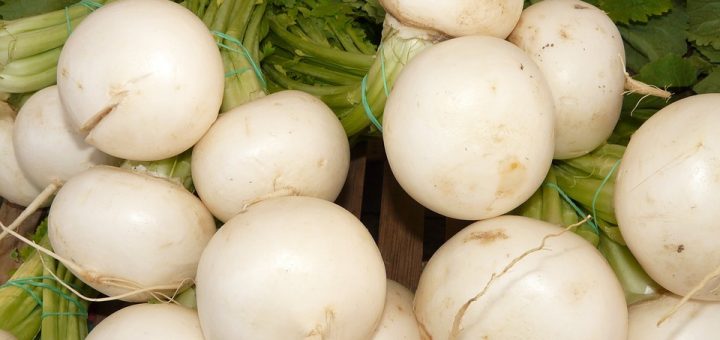SHARE WITH FRIENDS:
Significance and Seed Selection.
Turnip root is eaten raw, roasted, stewed and minced, and fed to livestock. It is extremely rich in carbohydrates, proteins, vitamins and mineral salts.
Turnip seeds should be clean, high-yielding, disease-free, medium-sized, whole and complete. The seeds are cleaned of seeds and mixtures of other plants.
Recommended varieties for planting
Namangan local, Samarkand local, Muyassar varieties are grown.

Notification: friendfuckersxx69 chaturbate
Notification: cheap cvv website
Notification: Online
Notification: magic mushroom shop usa review
Notification: Sbobet
Notification: psilocybin mushrooms for sale
Notification: xæphngeind̀wn
Notification: Free Masturbation Porn
Notification: Marijuana delivery near me
Notification: here
Notification: David T Bolno
Notification: clase azul gold limited edition
Notification: ai nude
Notification: Free Palestine